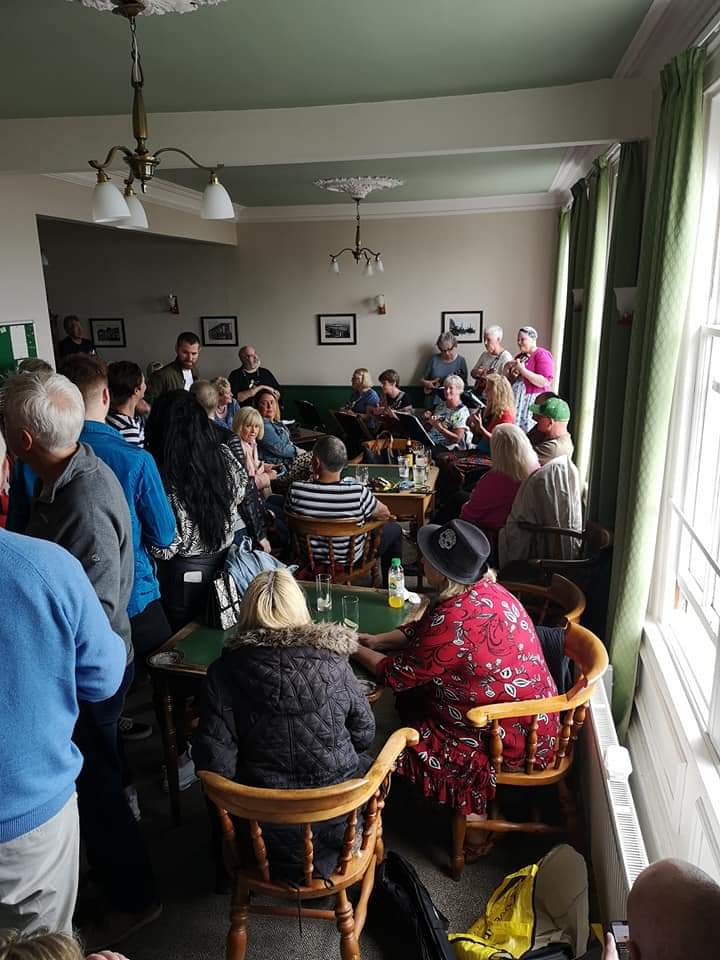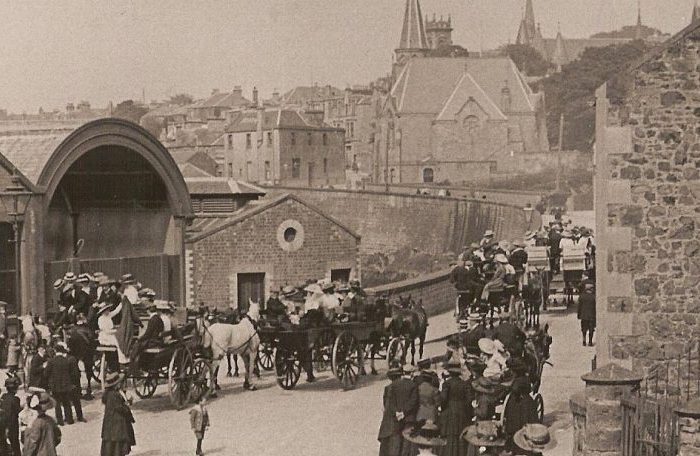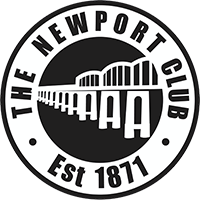Our Story

Over the decades, the club provided its members with facilities for billiards, cards, reading, and refreshment, all housed within evolving premises that saw regular repairs and eventual ownership by its members. Rules governing behavior, membership, and liquor consumption were often strict yet adaptive, reflecting changing social norms and legislative pressures.
The Newport Club: 1871–1983 offers a vivid, often humorous chronicle of a unique gentlemen’s club in Newport, Scotland. Originating during the construction of the Tay Railway Bridge, the club was initially formed by engineers and quickly evolved into a social and recreational hub for local residents.

Throughout its history, the club endured several crises — from loss of premises and wartime shortages to fire regulations and financial strain — but always managed to adapt, often relying on the strong loyalty of its members and their willingness to fund improvements. Social events such as Guest Nights, annual suppers, and matches with other clubs became traditions that strengthened camaraderie. Efforts to modernize the facilities, introduce new entertainment options, and preserve historical continuity were balanced with a humorous resistance to change, notably in debates over admitting women or installing a telephone.
“More than a club, a century of tradition, camaraderie, and quiet rebellion woven into the fabric of Newport life.”
Despite changes in membership demographics and society at large, the Newport Club maintained a core identity rooted in good fellowship, tradition, and community engagement. Its ability to attract younger members while honoring the legacy of its storied past ensured its continued relevance. The history reflects not only a club’s evolution but also a broader social portrait of a tight-knit community through more than a century of Scottish life.
Living Here
Opening Hours
Tuesday, Thursday
& Friday:
19:00 to 23:00
Saturday:
16:00 to 20:00
Sunday – Monday
& Wednesday:
CLOSED
